Prevention Is Not a Substitute for a Cure
Team, there’s a growing sentiment within political, clinical, and wellness circles that has been weighing on me for the past several months, and it’s only recently that I’ve been able to find the right words to address it.
As someone who has spent the better part of two decades immersed in the science of lifestyle medicine, I have long advocated for the profound power of prevention.
I believe, deeply and unapologetically, in the ability of movement, nourishment, sleep, and connection to transform health outcomes. My academic and professional journey has been dedicated to building an evidence base and education infrastructure that empowers individuals to take control of their wellbeing before disease takes root. But I must say clearly and with equal conviction: prevention is not, and will never be, a substitute for treatment.
The world of prevention and the world of treatment must meet. Not in opposition, but in a continuum of care.
Right now, in the name of reducing spending or prioritizing lifestyle-based health interventions, federal funding is being cut from critical biomedical research, including lifesaving work on cancer, Alzheimer’s, Parkinson’s, and countless other devastating diseases. This is a dangerous and false dichotomy. The idea that we must choose between prevention and cure is both scientifically indefensible and ethically unjust.
I understand the anger. I understand the disillusionment. Our healthcare system is a bureaucratic maze, crushingly expensive and often dehumanizing. Many of us have felt it fail us, whether as patients, family members, caregivers, or practitioners. We are justified in demanding radical change. But dismantling our biomedical research infrastructure or stripping support from academic science will not fix what is broken upstream. It will only hollow out the downstream safety net when prevention is not enough.
Because let’s be clear: even the healthiest people get sick. Marathon runners get Parkinson’s. Beloved yogis develop cancer. Famous actors are diagnosed with dementia. Lifestyle interventions are powerful, but they are not panaceas. When illness strikes, and it will for many of us, our survival depends on cutting-edge science, rigorous clinical trials, and the slow, careful work of researchers who dedicate their lives to studying these diseases.
That work is only possible with sustained public funding. The recent proposals to slash NIH budgets and halt progress in cancer research are not just political chess moves. They are direct threats to the lives of people you know, including your parents, your kids, your neighbor, and your best friend.
Science is not something you can unplug and then conveniently plug back in when it suits a political agenda. Once research is paused, the labs close. The teams disband. The momentum is lost. Promising therapies stall midstream. Scientists leave the field. That kind of disruption does not just delay progress, it dismantles it. And when the time comes that you or someone you love needs that progress, it will not be there. That is the real cost.
This is where these two worlds—the world of prevention and the world of treatment—must meet. Not in opposition, but in a continuum of care. We need to invest in policies that make physical activity and nutrition more accessible, not just recommended.
We need to build cities where movement is embedded into daily life, subsidize healthy food systems, and educate children in ways that prioritize bodily autonomy and health literacy. But we also need to double down on funding for biomedical science, not reduce it.
The way forward is not less science, but more.
We need more investment in biomedical research, and more support for the systems that promote preventive health. It’s not about choosing between the lab and the lifestyle, or between the clinical trial and the community center. It’s about building a model of care that values both. The healthcare system of the future is not one that chooses prevention instead of cure. It is one that integrates both seamlessly.
I have spent my entire career championing the power of prevention, educating on movement, nutrition, and behavioral change, because I believe they are the most underutilized tools we have to support health and reduce disease burden. But prevention alone is not enough. These two worlds must coexist, not compete. That is precisely why I do the work I do: to bridge this divide, to connect the science of staying well with the science of getting better.
If we want a world where fewer people get sick, and those who do have every opportunity to heal, we must fund and protect both ends of that continuum. That is not idealism. That is what true health equity requires.


